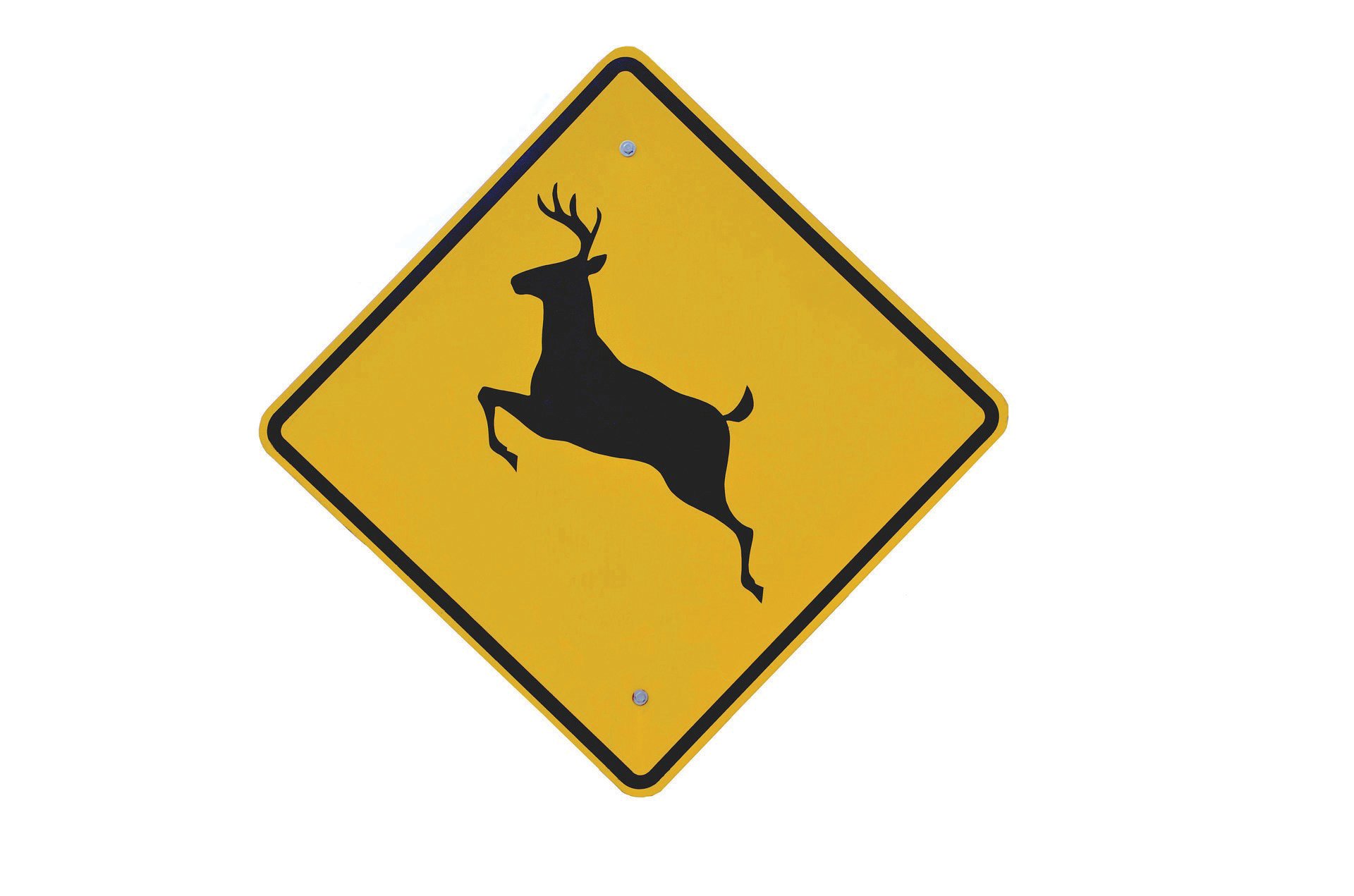Drivers should watch for deer on South Carolina's state roads
Clarendon contributor
MANNING - Drivers throughout South Carolina, whether on back country roads or the interstates, should be more vigilant during the fall and winter months for deer crossing the roadways.
While drivers should be cautious of white-tailed deer crossing the state's roadways year-round, the months of October and November are particularly precarious because that's typically deer breeding season when deer naturally increase their movements.
Master Trooper David Jones with the South Carolina Highway Patrol said that the time change can also be a contributing factor.
"It's darker in the mornings, and a lot of our rural roads don't have lighting," he said. "Motorists need to limit their distractions and drive slower."
Jones also said he doesn't want a motorist's reaction to seeing a deer in the roadway be worse than actually hitting the deer.
"We don't want them to swerve and risk going off the roadway," he added. "Running off the roadway could turn deadly."
Jones also said drivers who actually hit something in the roadway should stop and investigate it. Jones said that several pedestrians walking in or close to the roadway have been struck and killed within recent months.
"You need to know what you hit," he said. "It could have been a pedestrian."
According to the South Carolina Department of Natural Resources, 45 percent of deer-vehicle collisions occur during this two-month period, with most collisions happening near dawn and dusk, when most people are commuting to work.
In 2019, SCDNR reported approximately 3,086 deer-vehicle collisions. While the number of collisions in South Carolina may seem high, South Carolina numbers are drastically lower than states in the Northeast and upper Midwest, where between 30,000 and 50,000 deer-vehicle collisions are reported each year.
SCDNR offers several tips for defensive driving in areas heavily populated with deer.
According to SCDNR, white-tailed deer are "masters at evading predators," which also contributes to their tendency to bolt out of wooded areas and the sides of the road into oncoming traffic. When a driver sights a deer well ahead of the vehicle, slow down, sound the vehicle's horn several times, and if no oncoming traffic is present, flick the vehicle's headlights.
When a deer is spotted close to your vehicle, SCDNR suggests slowing down. Sounding the horn or flicking the lights may spook the deer into running across the roadway.
If a driver sees a deer crossing the roadway, always anticipate other deer may be present, and the driver should not expect the deer to always exit the roadway.
Statistics show that most deer-vehicle collisions that result in serious injuries happen when drivers swerve to avoid hitting a deer and end up losing control of their vehicle, exiting the roadway and hitting a tree or embankment. According to SCDNR officials, it's usually best to hit the deer rather than risk losing control of the vehicle.
While road signs designating a deer crossing are helpful, they do not mark specific deer trails, and motorists should be vigilant that deer may be crossing the roadway for several miles around the sign's placement. Other areas where deer can dart out on the roadway are in and around creek bottoms and where agricultural fields meet wooded areas.
SCDNR reported that rural and secondary roads rank highest in deer-vehicle collisions because of the frequent curves and narrow shoulders.
More Articles to Read




